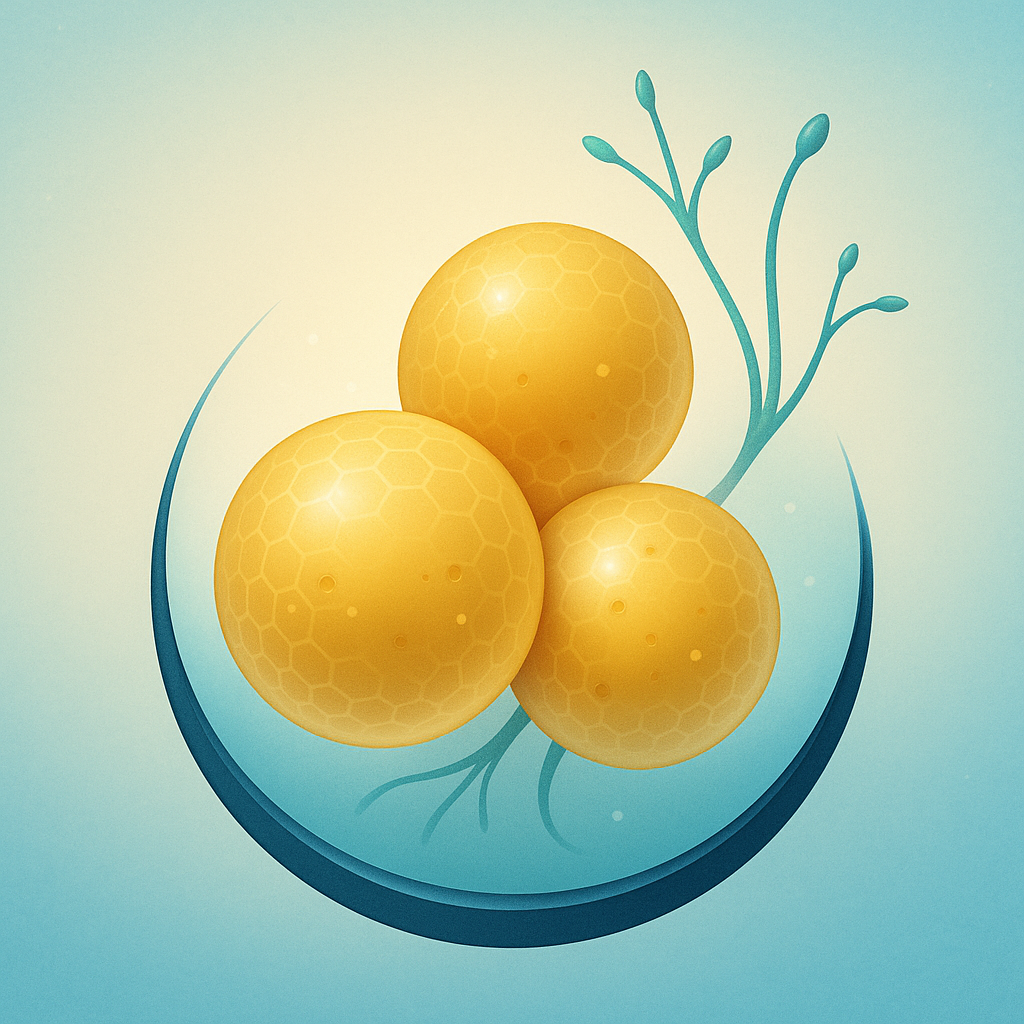A Parent's Guide to Chemotherapy for Neuroblastoma
Neuroblastoma is a childhood cancer that develops from immature nerve cells. Often found in the adrenal glands or nerve tissue along the spine, its severity can range from slow-growing tumors to aggressive forms that require intensive treatment. For many children, especially those with more aggressive neuroblastoma, chemotherapy is a cornerstone of the treatment plan.
Chemotherapy uses powerful drugs to destroy fast-growing cancer cells. While highly effective, it is a blunt instrument that cannot distinguish between cancer cells and healthy, rapidly dividing cells in the body. This affects areas like the bone marrow, digestive tract, and hair follicles, leading to a range of side effects. Understanding these potential effects can help you and your family prepare for the challenges of treatment. This article outlines the common short-term, organ-related, and long-term side effects of chemotherapy for neuroblastoma.
Common Short-Term Side Effects
While chemotherapy is a powerful tool against neuroblastoma, it often brings a host of temporary side effects. These occur because the drugs affect healthy, fast-growing cells, but most issues are manageable and subside after treatment ends.
Low Blood Counts (Myelosuppression)
This is one of the most significant side effects, as chemotherapy suppresses the bone marrow's ability to produce blood cells.
- Low White Blood Cells (Neutropenia): Increases your child's risk of serious infections.
- Low Red Blood Cells (Anemia): Causes fatigue, weakness, and pale skin.
- Low Platelets (Thrombocytopenia): Leads to easy bruising and bleeding from minor cuts. Your child’s medical team will monitor these counts constantly with blood tests to manage these risks.
Digestive System Issues
The lining of the digestive tract is sensitive to chemotherapy, leading to several common problems.
- Nausea and Vomiting: These are frequent but can be well-controlled with modern anti-nausea medications.
- Mouth Sores (Stomatitis): Painful sores can make eating and drinking difficult. Special mouthwashes can provide relief.
- Loss of Appetite: Changes in taste and smell can make food unappealing. Your care team can offer nutritional guidance.
Nerve-Related Pain and Neuropathy
Certain drugs, particularly vincristine, can damage peripheral nerves, causing symptoms that should be reported to your doctor immediately.
- Numbness and Tingling: Often felt in the hands and feet, affecting fine motor skills like writing or buttoning a shirt.
- Weakness: May cause difficulty walking or a "foot drop" gait.
- Jaw or Bone Pain: Some children experience sudden, sharp pains that are usually temporary.
Impact on Major Organs: Heart, Kidneys, and Liver
Beyond the more visible side effects, some chemotherapy drugs can affect the function of vital internal organs. Your child's healthcare team will keep a close eye on organ health through regular tests before, during, and after treatment.
Heart (Cardiotoxicity)
Certain drugs, most notably doxorubicin, can potentially affect the heart muscle. Doctors carefully track the total cumulative dose your child receives to minimize this risk. Regular heart scans (echocardiograms) are used to monitor heart function during and after treatment.
Kidneys (Nephrotoxicity)
Drugs like cisplatin and carboplatin can be tough on the kidneys. To protect these organs, your child will receive large amounts of IV fluids to help flush the drugs out of their system. Blood tests and urine output are monitored closely to ensure the kidneys are functioning properly and to manage electrolyte levels.
Liver (Hepatotoxicity)
The liver processes many chemotherapy drugs and can sometimes become inflamed. This is usually a temporary issue detected through routine blood tests that measure liver enzymes. Liver function typically returns to normal after treatment is complete.
Developmental and Sensory Side Effects
Because treatment occurs during a crucial period of growth, certain therapies can have long-term impacts on how a child learns, hears, and grows. Because high-dose chemotherapy is often given alongside other treatments like radiation, it is important to understand the potential effects of the entire plan.
Learning and Cognitive Challenges
High-dose chemotherapy, especially in very young children, can sometimes lead to mild cognitive difficulties. These may affect memory, attention, or organizational skills. Educational psychologists can provide support and strategies to help your child succeed in school.
Hearing Loss
Cisplatin and carboplatin are known to carry a risk of hearing loss (ototoxicity), which can be permanent. Hearing is tested regularly before, during, and after treatment. If hearing loss is detected, your team will discuss support options, such as hearing aids or speech therapy, to prevent delays in language development.
Impact on Physical Growth
Radiation therapy, often part of a comprehensive treatment plan for high-risk neuroblastoma, can affect bone and muscle development in the treated area. This might result in a shorter adult height if the spine is treated. Your doctor will carefully track your child’s growth curve at every follow-up visit and may discuss growth hormone therapy if needed.
Future Health Risks: Infertility and Secondary Cancers
Looking ahead, it is important to be aware of potential health concerns that can surface years after neuroblastoma treatment is complete. Your child's healthcare team will create a long-term follow-up plan to monitor for these possibilities and manage them proactively.
Fertility and Reproductive Health
High-dose chemotherapy and certain drugs known as alkylating agents can damage the reproductive system, increasing the risk of infertility. For children with high-risk neuroblastoma who require a stem cell transplant, infertility is a very common outcome. These treatments can also cause early or delayed puberty. Your doctor will monitor your child’s development and may recommend hormone replacement therapy if puberty is affected.
Risk of Secondary Cancers
Survivors of childhood cancer have a higher risk of developing a second, unrelated cancer later in life.
- Chemotherapy: Drugs like etoposide and alkylating agents can slightly increase the risk of blood cancers, such as acute myelogenous leukemia (AML).
- Radiation Therapy: Often used with chemotherapy, radiation is linked to a higher risk of solid tumors developing in the treated area years later. Modern treatment protocols are designed to minimize these risks, and your child’s long-term follow-up plan will include screenings, such as mammograms for girls who received chest radiation.










